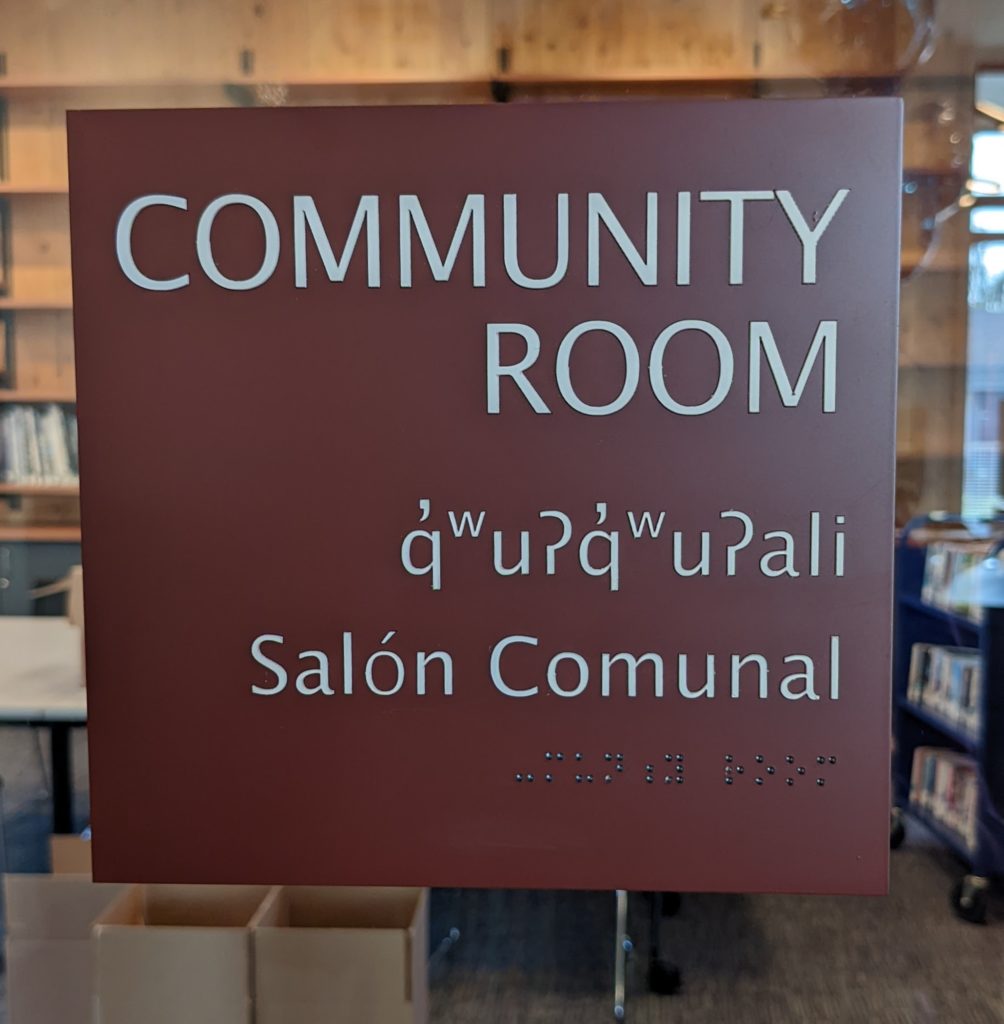
I hung out yesterday with Keith McCandless, Stefan Morales and his team along with a cohort of new Liberating Structures (LS) users. The highlight of our hour together was the New Users Fishbowl, where we heard about the good, the bad, the ugly and the lovely of three folks using their new LS learning. One person, working in the the jungles of Costa Rica, had never facilitated. This was her first facilitation training! She just grabbed on to a handful of structures, crafted her agenda or “string,” and successfully led her meeting. And got results! Just do it! Just PRACTICE! (Oh, I would love to share the video of her telling the story. Maybe that can happen! Maybe I can follow up and interview her!)
Yes, and…
When I shared my GOOD and LOVELY of LS, I spoke about the social container, the community, that holds the LS practice as it is used and evolves. I’m committed to the idea that using LS happens in the context of social learning, in social learning spaces; learning with and from each other, and making sense as we practice together. (Side note: See Bev and Etienne Wenger-Trayner et. al.’s new Communities of Practice Guidebook. )
Keith, as one of the LS co-founders, is deeply committed to its spread. That commitment is reflected in the care with which he and his co-founder, Henri Lipmanowicz crafted the instructions for each structure so that anyone could read, pick it up and run with it. The idea that this is so simple and clear as expressed in writing, you are ready. I am less sanguine about that (sorry, Keith!)
For the of auto-didacts and the intrinsically or experientially confident, this works. For the rest of us, there is much that comes between the idea that “hey, this is cool and will improve our group interactions and work” and actually DOING it. Doing it in the face of being a new-bee. Doing it in the face of those who resist how LS distributes power to everyone in the room. Doing it in the (mistake) belief that if I don’t do this perfectly this will be a disaster. (A.k.a, looking foolish, or learning while failing forward!) Doing it before we have internalized our own sense of agency to use the structures. Believing before seeing.
When we try together; practice together; debrief together after practicing alone, the value of our LS work becomes visible. We hold both our “beginners mind” and our “seasoned practitioner” experience hand in hand. We benefit from the multiple perspectives of our fellow practitioners — “you did WHAT? WAAAY COOL!” In Stefan’s workshop, even the new-bee is encouraged. Again, drawing on Bev and Etienne and their book, Learning to Make a Difference, comes this idea of identity as a source of agency.
…have learned or internalized that they can’t make a difference³ or that the chances of success are so low it’s not worth trying. The risks may outweigh even the effort of imagining possible benefits. People from vulnerable social groups are often disenfranchised from resources and some have adapted their expectations to align with the status quo.” And many participants are likely to fall somewhere in between. Learning to make a difference often has to start with developing an identity from which to envision the possibility of making a difference.
Even if participants have a foundation of confidence to consider trying to make a difference, we are not assuming that this is a simple, straight- forward intention – that caring to make a difference is free of ambivalence, tensions, or contradictions. For instance, there may be a disturbing gap between what an organization expects and what participants think is important. There may also be disagreements among participants. When caring to make a difference is viewed as part of the lived experience of people, it inherits all the complexity and forces of the social world in which people are embedded. Learning to make a difference brings this complexity into focus: it includes learning to navigate external demands, contradictions, tensions, and ambivalence.
Learning to Make a Difference Etienne Wenger-Trayner and Beverly Wenger-Trayner
The spread of a Liberating Structures practice is the dance between exposure to the content and the practice using LS. It is, to use the Wenger-Trayner’s words, “developing an identity from which to envision the possibility of making a difference.”
Liberating Structures aspire to be of use to those making a difference. The container for this aspiration, for the spread of LS, of this social learning, is the community of LS practitioners. LS is great stuff. It’s practitioners are an amazing, diverse collection of co-learners. AND, LS needs it’s various social learning spaces to spread far, wide, lovingly, and successfully.